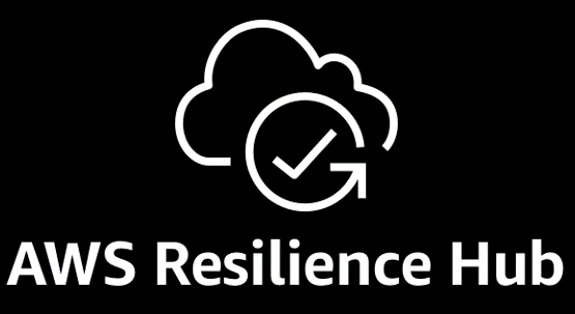Amazon Web Services (AWS) provides a wide range of services to businesses and individuals looking to build, deploy and manage applications in the cloud. One important consideration when selecting AWS services is understanding the different levels of resiliency available: globally resilient, regionally resilient, and availability zone (AZ) resilient. In this blog post, we’ll explore the differences between these types of resiliency and provide examples of AWS services that fall into each category.
Globally Resilient Services
Globally resilient services are designed to operate across multiple AWS regions, providing maximum resiliency to customers. These services are designed to withstand failures in a single region by automatically failing over to another region. This type of resiliency is important for businesses that need to maintain continuous availability, even in the event of a catastrophic failure in one region. Examples of globally resilient services in AWS include:
- Amazon Route 53 – a global DNS service that automatically routes traffic to healthy endpoints, even if they are in different regions. Route 53 also provides health checks and failover support for customers’ applications.
Regionally Resilient Services
Regionally resilient services are designed to operate within a single AWS region, but provide high availability and fault tolerance within that region. These services typically run across multiple availability zones, which are physically separated data centers within a region. This type of resiliency is important for businesses that require high availability within a region, but can tolerate a short amount of downtime if there is a region-wide failure. Examples of regionally resilient services in AWS include:
- Amazon EC2 (Elastic Compute Cloud) – provides scalable compute capacity within a region. EC2 instances can be launched across multiple availability zones within a region, providing redundancy and fault tolerance.
- Amazon RDS (Relational Database Service) – provides managed database services for popular database engines like MySQL, PostgreSQL, and SQL Server. RDS automatically replicates data across multiple availability zones, ensuring high availability and durability.
Availability Zone Resilient Services
Availability zone resilient services are designed to operate within a single availability zone, providing high availability and fault tolerance within that zone. These services are designed for applications that can tolerate a short amount of downtime, typically measured in minutes or seconds. Examples of availability zone resilient services in AWS include:
- Amazon EBS (Elastic Block Store) – provides block-level storage volumes for EC2 instances. EBS volumes can be replicated within a single availability zone for high availability.
- Amazon SQS (Simple Queue Service) – provides a message queuing service that allows applications to communicate asynchronously. SQS automatically replicates messages within a single availability zone for high availability.
Conclusion
Selecting the right level of resiliency for an application is an important decision for businesses looking to use AWS. By understanding the differences between globally resilient, regionally resilient, and availability zone resilient services, businesses can choose the right services for their needs. AWS provides a range of services across all three types of resiliency, allowing businesses to build highly available and fault-tolerant applications in the cloud.





